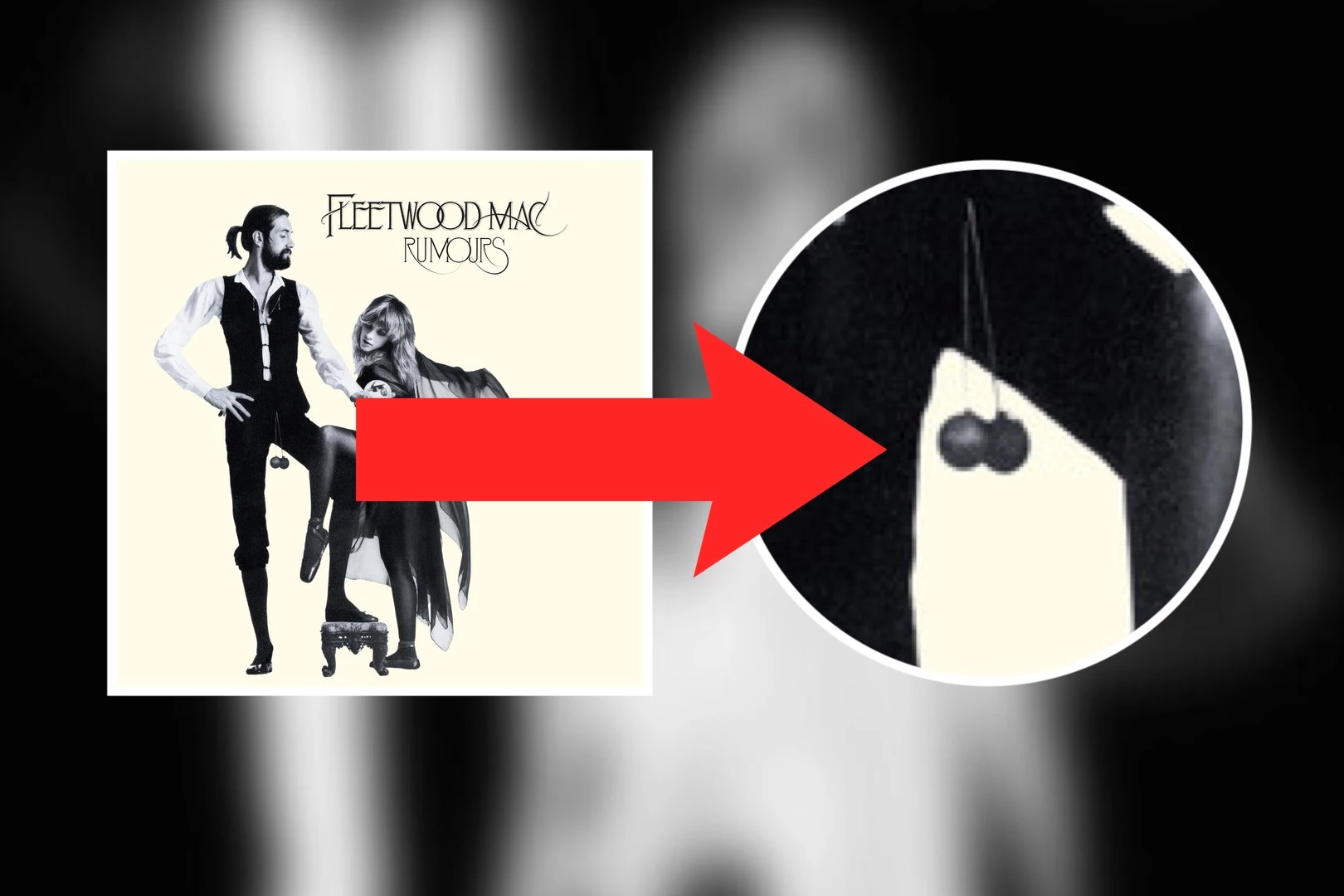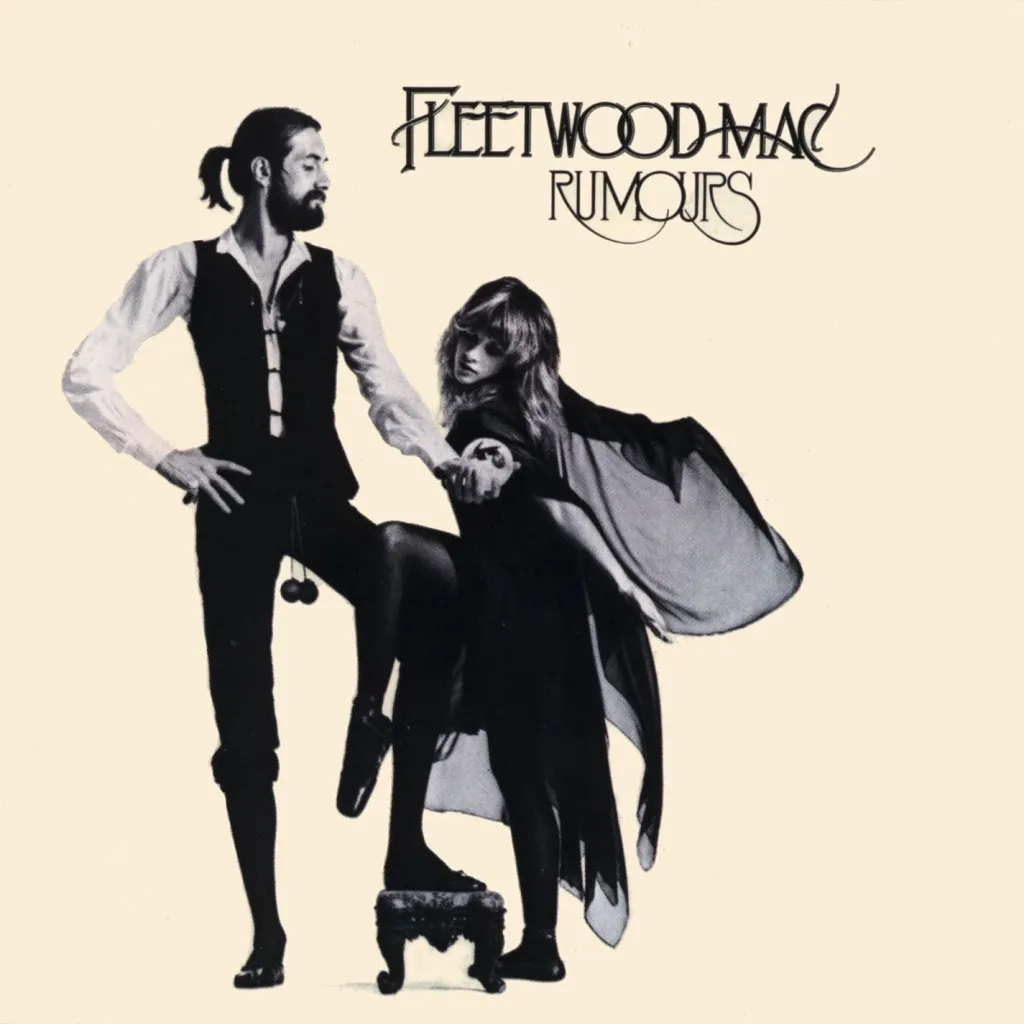Fleetwood Mac Album Cover Rumors: The Story Behind The Iconic Artwork
When Fleetwood Mac released their self-titled album "Rumours" in 1977, little did they know it would become one of the best-selling albums of all time. The album's success was not only due to its incredible music but also because of its striking cover art. The artwork has become an iconic symbol in the world of music, recognized globally by fans and collectors alike. In this article, we will explore the story behind the Fleetwood Mac album cover "Rumours," its creation, symbolism, and the impact it has had on popular culture.
The album cover of "Rumours" is more than just a visual representation of the band's music. It tells a story, one that reflects the personal struggles and relationships of the band members during the time of its creation. Each element of the cover was carefully chosen to convey specific meanings, making it a masterpiece in its own right.
This article will delve into the details of the Fleetwood Mac album cover "Rumours," exploring the creative process, the artists involved, and the deeper meanings behind the artwork. We will also discuss how this iconic cover has influenced other artists and album covers in the music industry.
Read also:Exploring The Example Bashrc File Your Guide To Customizing The Bash Environment
Table of Contents
- Biography of Fleetwood Mac
- The Creation of the Album Cover
- Symbolism in the Cover Art
- The Artists Behind the Cover
- Impact on Popular Culture
- Statistical Analysis of Rumours' Success
- Variations of the Cover Art
- Legacy of the Album Cover
- Influence on Other Album Covers
- Conclusion
Biography of Fleetwood Mac
Formation and Early Years
Fleetwood Mac was formed in London in 1967 by guitarist Peter Green, drummer Mick Fleetwood, and bassist John McVie. Initially, the band was a blues rock group, gaining popularity in the UK with hits like "Albatross" and "Black Magic Woman." Over the years, the band underwent several lineup changes, eventually welcoming Christine McVie, Lindsey Buckingham, and Stevie Nicks, who played pivotal roles in the creation of "Rumours."
Band Members' Personal Lives During Rumours
During the making of "Rumours," Fleetwood Mac was going through significant personal turmoil. The band members were dealing with breakups, affairs, and internal conflicts. These personal struggles heavily influenced both the music and the album cover, adding layers of meaning to the final product.
The Creation of the Album Cover
The process of creating the Fleetwood Mac album cover "Rumours" was as intricate as the music itself. The band worked closely with photographer and artist Karl Ferris to capture the essence of their emotional journey. The cover features a photograph of the band members, with Stevie Nicks in a flowing white gown, Lindsey Buckingham in a casual shirt, and the others dressed in a relaxed yet elegant style.
Symbolism in the Cover Art
Stevie Nicks' White Dress
Stevie Nicks' white dress on the album cover symbolizes purity and vulnerability. It reflects her character in the band and her role as a leading figure in the music industry. The dress was chosen to contrast with the darker themes of the album's lyrics, creating a balance between light and shadow.
The Background
The background of the album cover features a forested area, symbolizing the band's desire to escape the chaos of their personal lives. The natural setting provides a sense of tranquility and peace, which was essential for the band during the recording process.
The Artists Behind the Cover
Karl Ferris, the photographer responsible for the Fleetwood Mac album cover "Rumours," is a renowned artist whose work has been featured in numerous publications. His ability to capture the emotions and personalities of his subjects made him the perfect choice for this project. Ferris worked closely with the band to ensure that the cover accurately represented their music and personal experiences.
Read also:Exploring The Iconic Life And Career Of Grace Jones
Impact on Popular Culture
The Fleetwood Mac album cover "Rumours" has had a lasting impact on popular culture. It has become a symbol of the 1970s music scene and continues to inspire artists across various genres. The cover's iconic status is due in part to its timeless design and the universal themes it represents.
Statistical Analysis of Rumours' Success
According to the Recording Industry Association of America (RIAA), "Rumours" has sold over 40 million copies worldwide, making it one of the best-selling albums of all time. The album's success can be attributed to its incredible music, but the album cover also played a significant role in its popularity. Studies have shown that visually appealing album covers can increase sales by up to 20%, highlighting the importance of cover art in the music industry.
Variations of the Cover Art
Over the years, there have been several variations of the Fleetwood Mac album cover "Rumours." These variations include different color schemes, alternate photos, and special edition releases. Each variation offers a unique perspective on the original artwork, allowing fans to explore the cover's many facets.
Legacy of the Album Cover
The legacy of the Fleetwood Mac album cover "Rumours" extends beyond its initial release. It has become a cultural touchstone, referenced in movies, television shows, and even other album covers. The cover's influence can be seen in the works of countless artists, who have drawn inspiration from its design and symbolism.
Influence on Other Album Covers
The Fleetwood Mac album cover "Rumours" has inspired countless other album covers in the music industry. Artists such as Taylor Swift, Adele, and Coldplay have cited the cover as a source of inspiration for their own artwork. The cover's ability to convey emotion and tell a story has set a high standard for album cover design.
Conclusion
In conclusion, the Fleetwood Mac album cover "Rumours" is more than just a piece of artwork; it is a testament to the band's creativity and resilience during a tumultuous time. The cover's symbolism, design, and impact on popular culture have cemented its place in music history. As we continue to explore the world of album cover art, the legacy of "Rumours" will undoubtedly inspire future generations of artists.
We invite you to share your thoughts on the Fleetwood Mac album cover "Rumours" in the comments section below. Have you noticed any interesting details about the cover that we might have missed? Feel free to explore our other articles on music and album cover art, and don't forget to share this article with your friends and fellow music enthusiasts.


